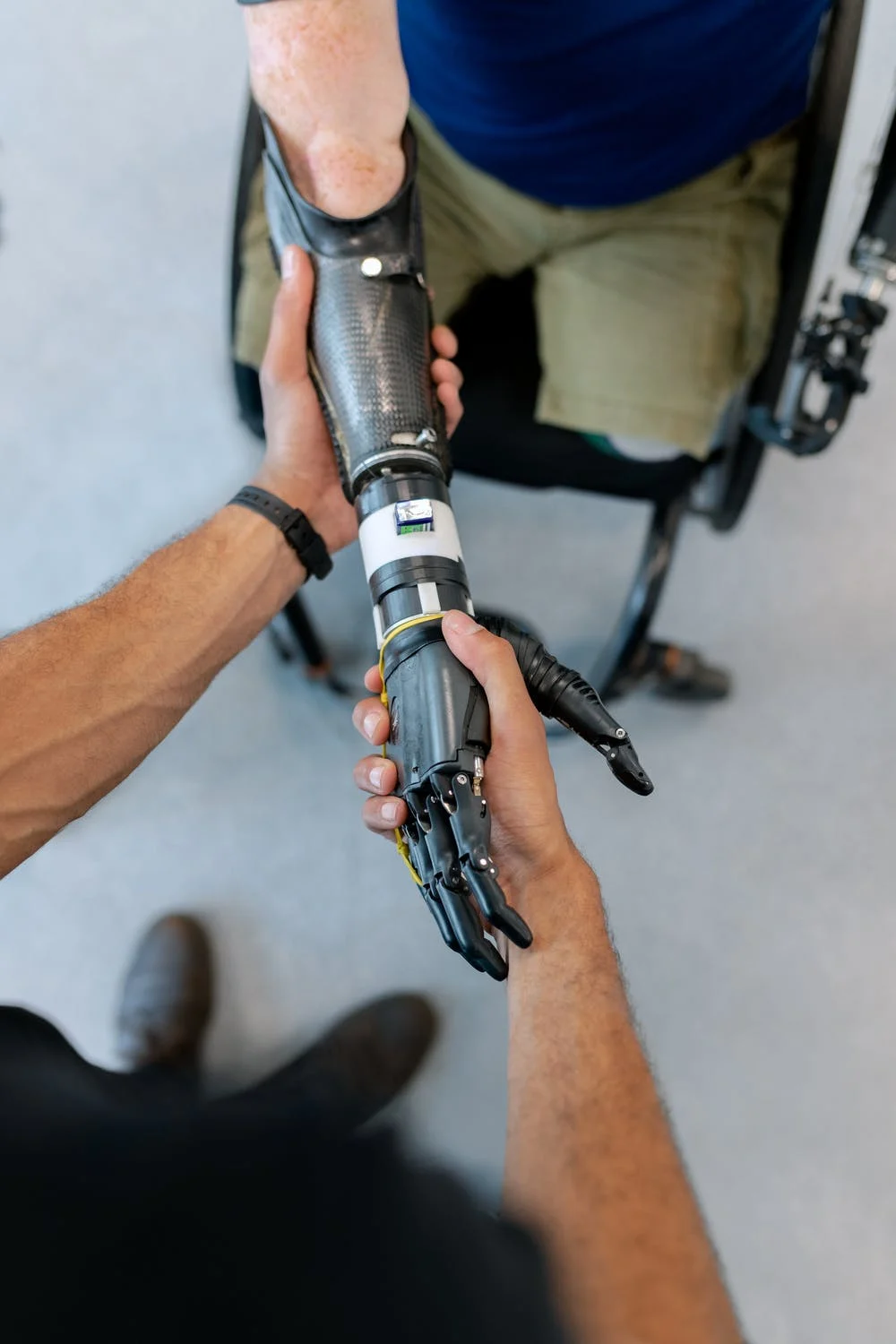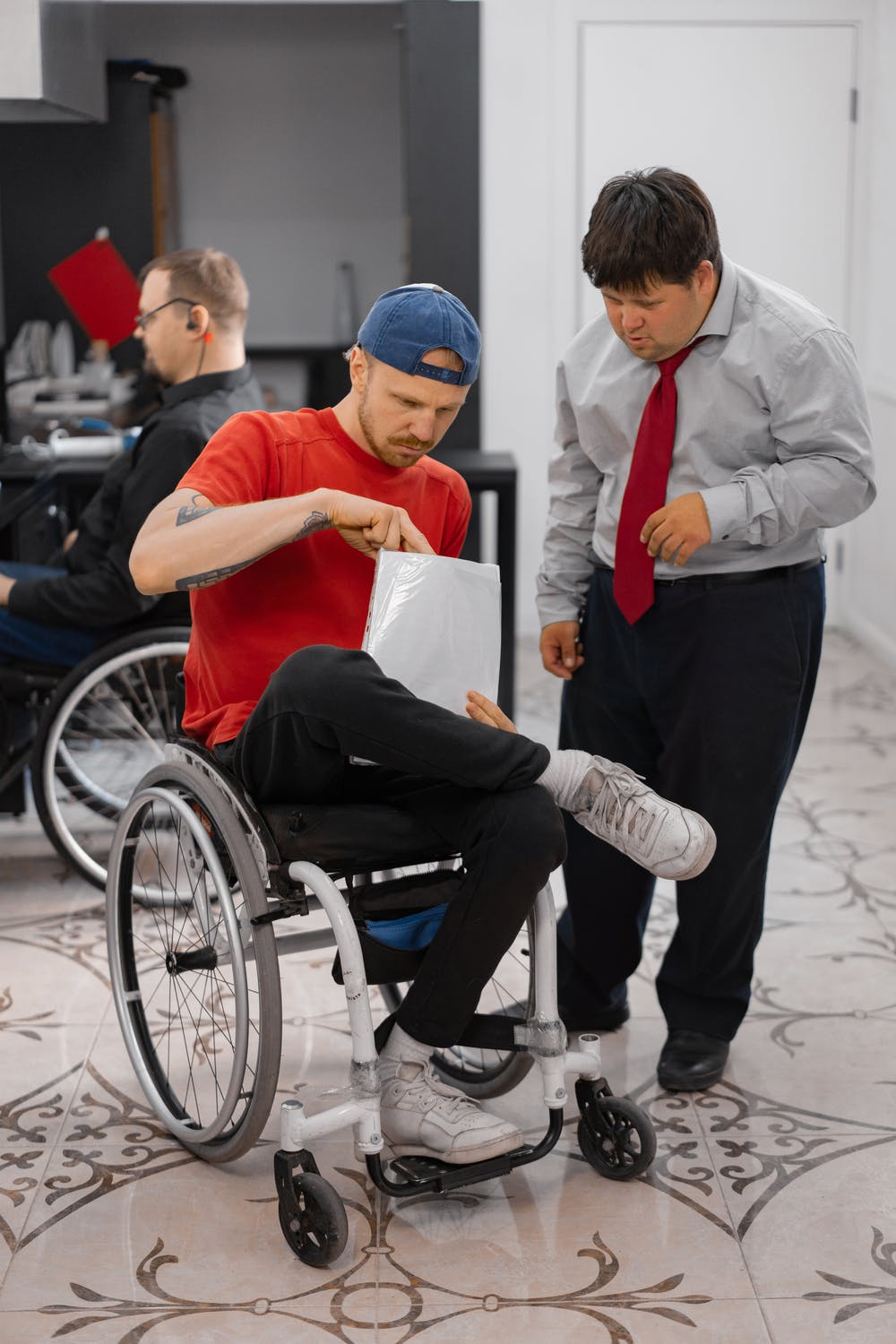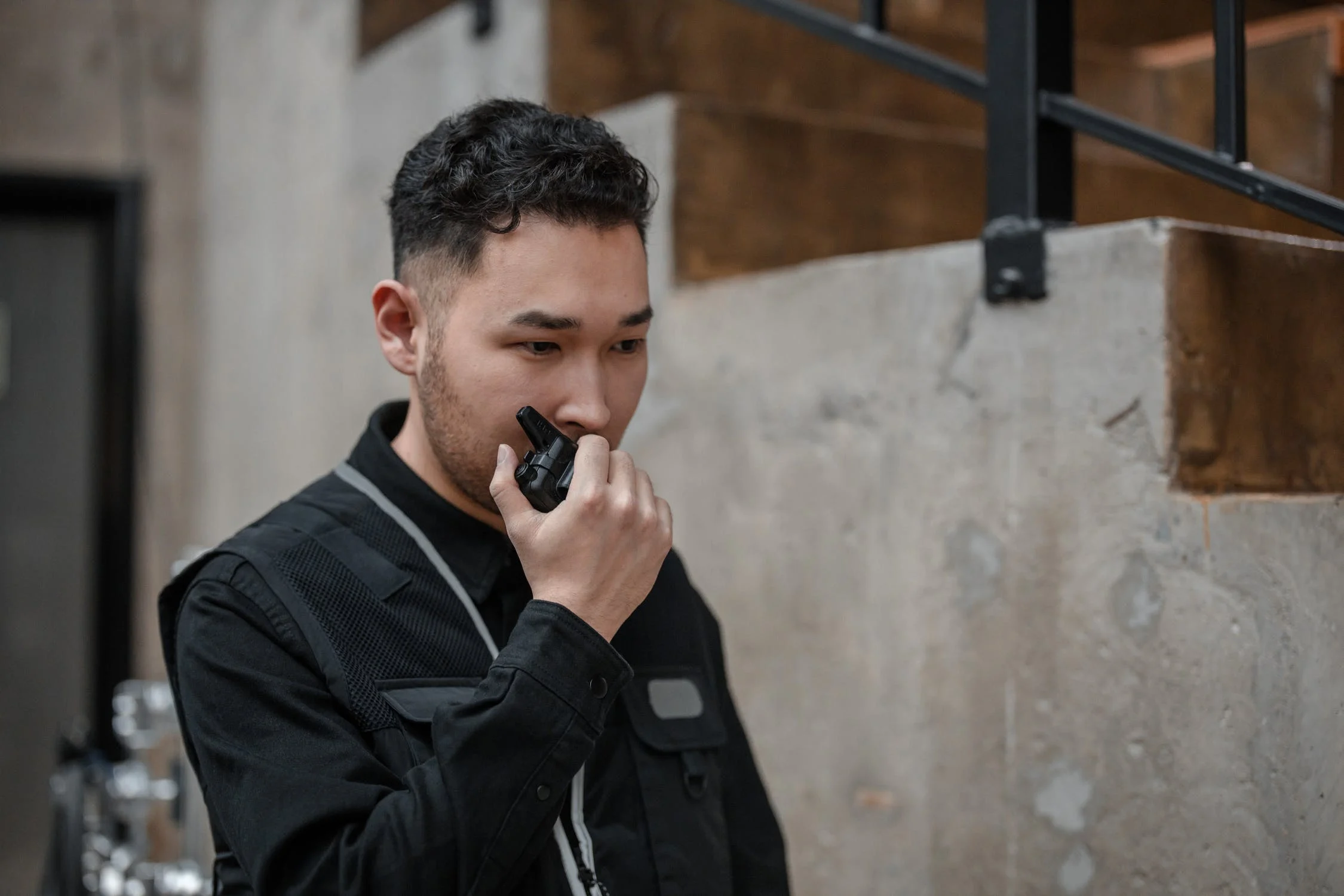
A variety of programs and services are offered by government agencies and community organizations to people with disabilities. These are just a few resources you can use for more information about these services. These include government programs and services offered by non-profit organizations. Visit the government’s website to learn more about disabled services. You can also visit the government’s STRIDE or Programs for the Disabled websites. The government website also lists local disability organizations.
CUNY’s Office of Disability Services
The Office of home care services melbourne (ODS), CUNY, aims to increase awareness and provide opportunities for students with disabilities. They also work closely with students with disabilities clubs and are committed towards helping them develop a sense community. The office works with all member institutions to ensure that their services go beyond legally mandated services. Below is a short overview of how CUNY supports students living with disabilities.
CUNY’s Office of Disability Services offers several programs for students with disabilities, from academic assistance to residential support to peer mentoring. Students with disabilities can be referred to student advisors through the CUNY LEADS program. Project REACH promotes full integration of autistic students at CUNY. It includes case study and highly successful program models. Students with disabilities can also use adaptive technologies.
STRIDE
The STRIDE Project in Nepal provides financial and technical support to five rehabilitation centers. It also aims to strengthen local partner organizations. It aims to increase independence, and improve quality of living for people with disabilities. By providing training, service and research, the project is helping people achieve their goals. Read on to learn more about how STRIDE disabled services can help people with disabilities. Let’s discuss how we can help support you on your journey towards independence.
STRIDE’s goal, in a family-oriented atmosphere, is to provide adaptive recreational and sport lessons for people who have disabilities. To provide customized programming, the organization employs more than 300 volunteers as sport instructors. STRIDE currently serves more than 1,500 children and their parents, with programs in 17 sports as well as 25 regional locations. Our programs aim to develop individual life skills using teaching aids, specialized equipment, and other support methods. Stride has more information.
Programs for the Disabled
Over the past three decades, the average cost for disability programs has nearly doubled in real and nominal dollars. These costs are often measured in relation to the economy’s size. Chart 17 illustrates how costs have increased significantly between 1990 and now. The nation’s gross national product now includes 1.98% of its programs for the handicapped. Costs have been subject to fluctuations over time, with periods of expansion or contraction. The rate of increase in health coverage for the disabled is faster than cash benefits.
CDC’s program for the disabled supports the community by identifying and promoting resources and services for people with disabilities. This centralized mechanism is aimed at promoting a variety of developmentally-based programs for the disabled community. The program’s purpose is to provide services for individuals with disabilities and their families. It also offers technical support to state and local agencies in areas of evaluation, transitional plan, architectural barriers, cost-effective structural changes, and other areas.
Lifeline
You must register with a telephone service provider in order to be eligible for Lifeline for disabled services. To be eligible for government aid programs, you must be a resident of the state in which you reside. Visit your state website for more information. You will need information about your full name and address. If you don’t meet these requirements, you may be denied Lifeline for disability services.
The FCC has taken several measures to ensure that California residents have access to the program. The agency is seeking comments on the Joint Petition to Pause Lifeline Minimum Service Standards. The WCB announces a soft launch of the National Lifeline Eligibility Verifier on June 25, 2019. This program will soft-launch across California, Vermont and Virginia. These subscribers to Lifeline should be aware of the fact that they must continue receiving benefits if they want to use the service.



